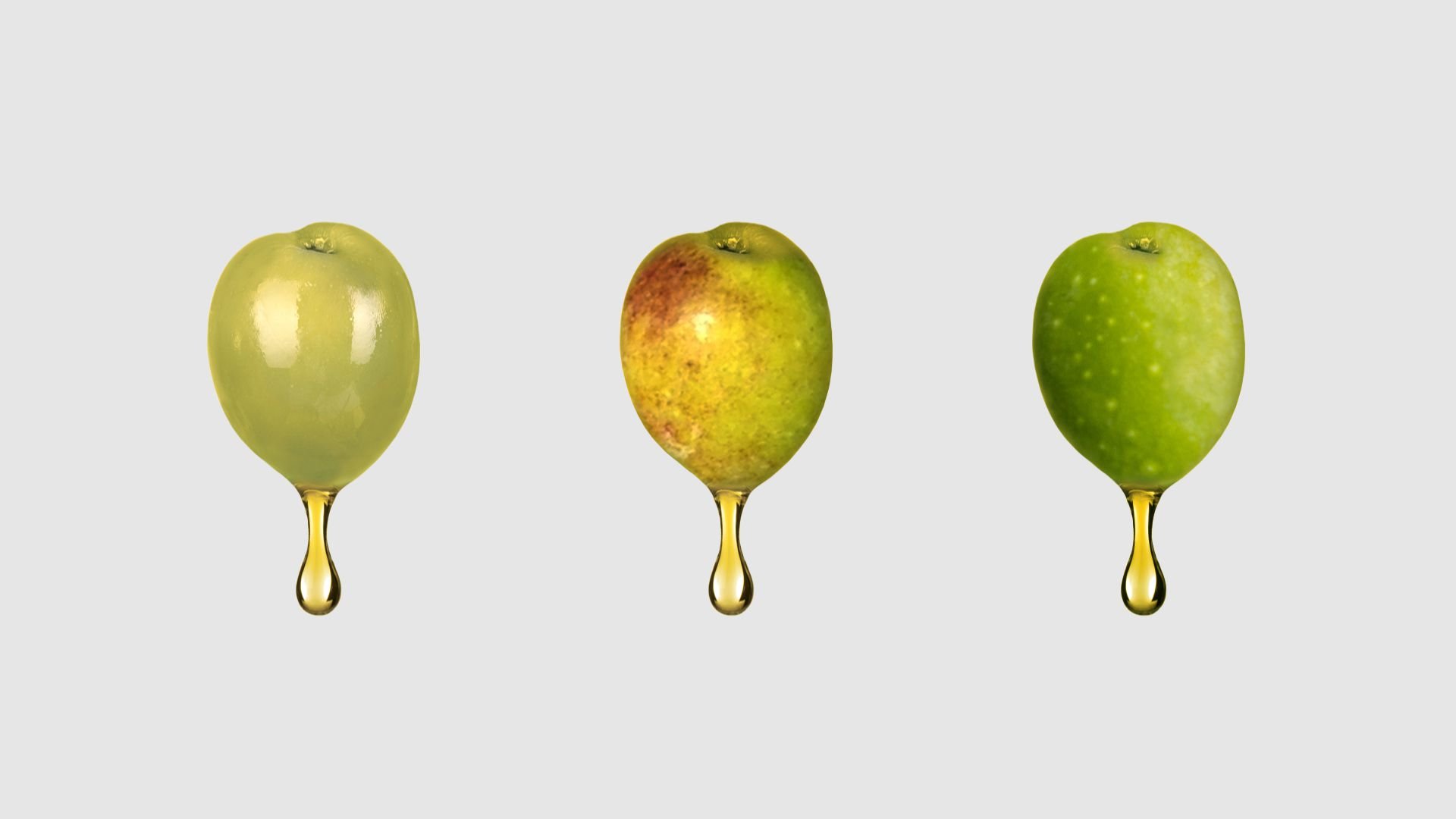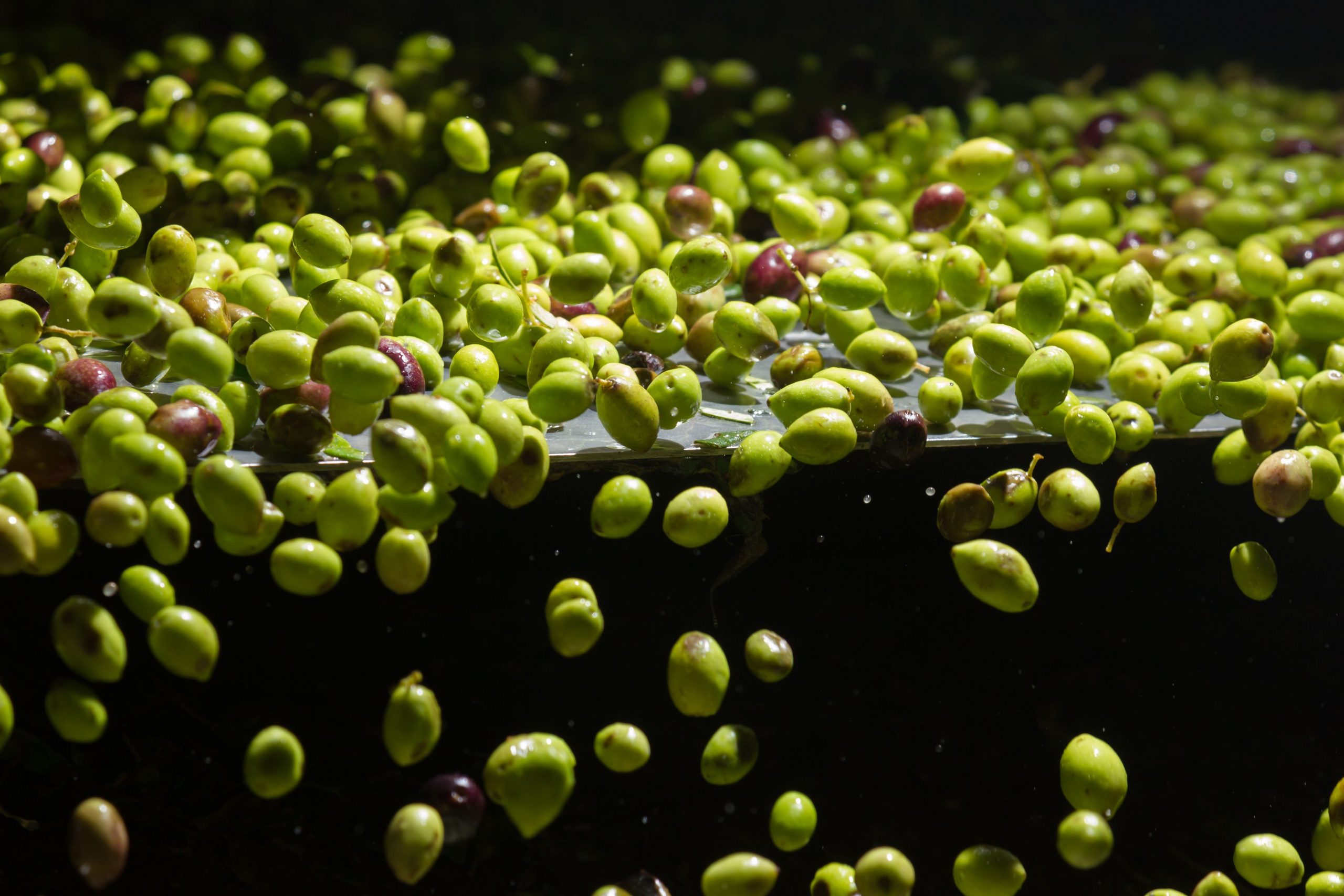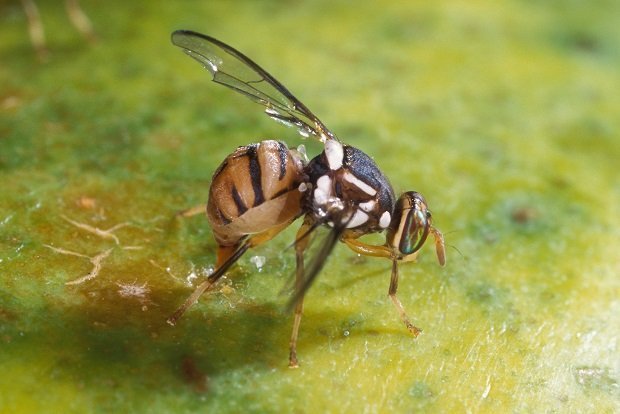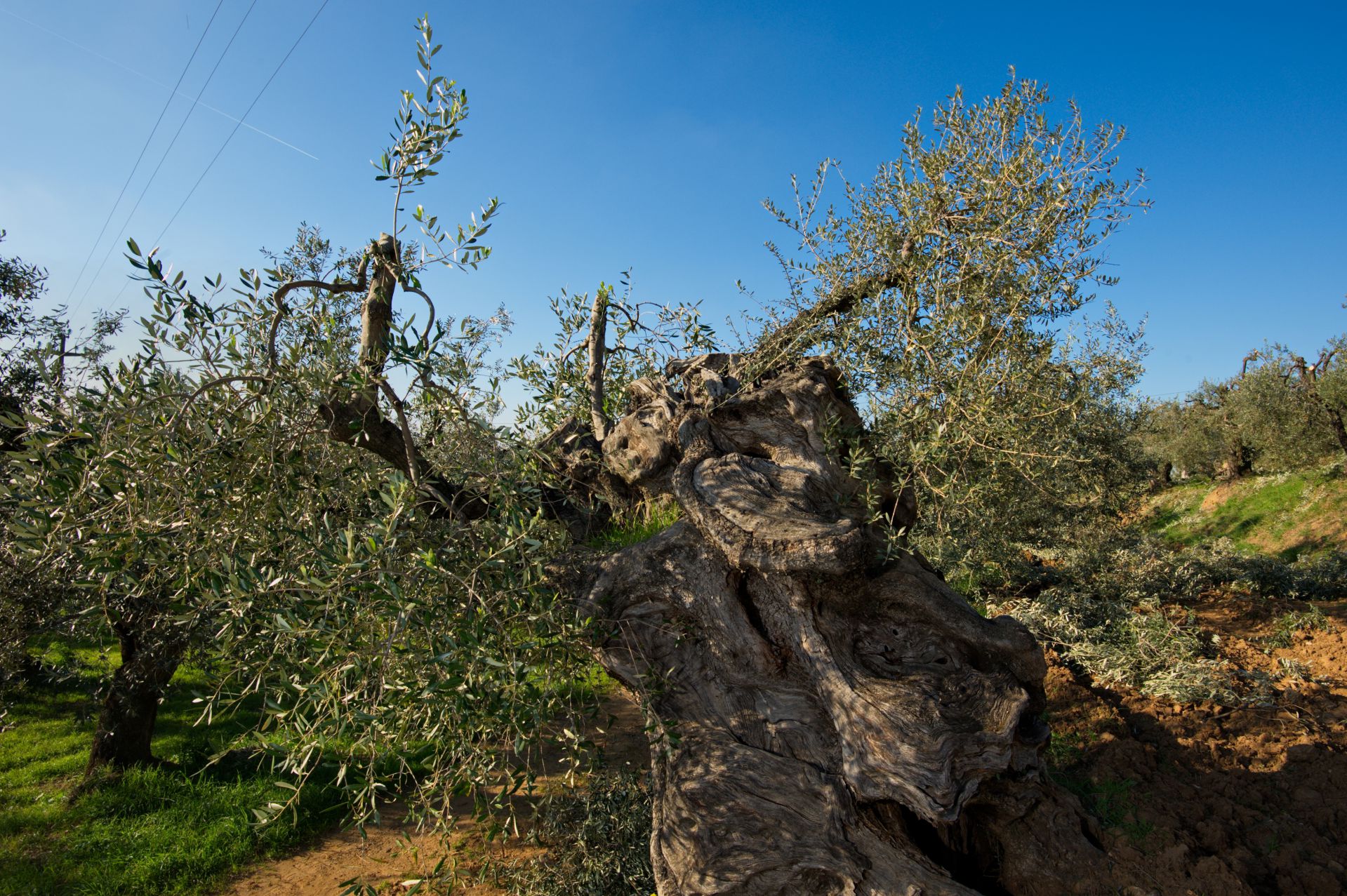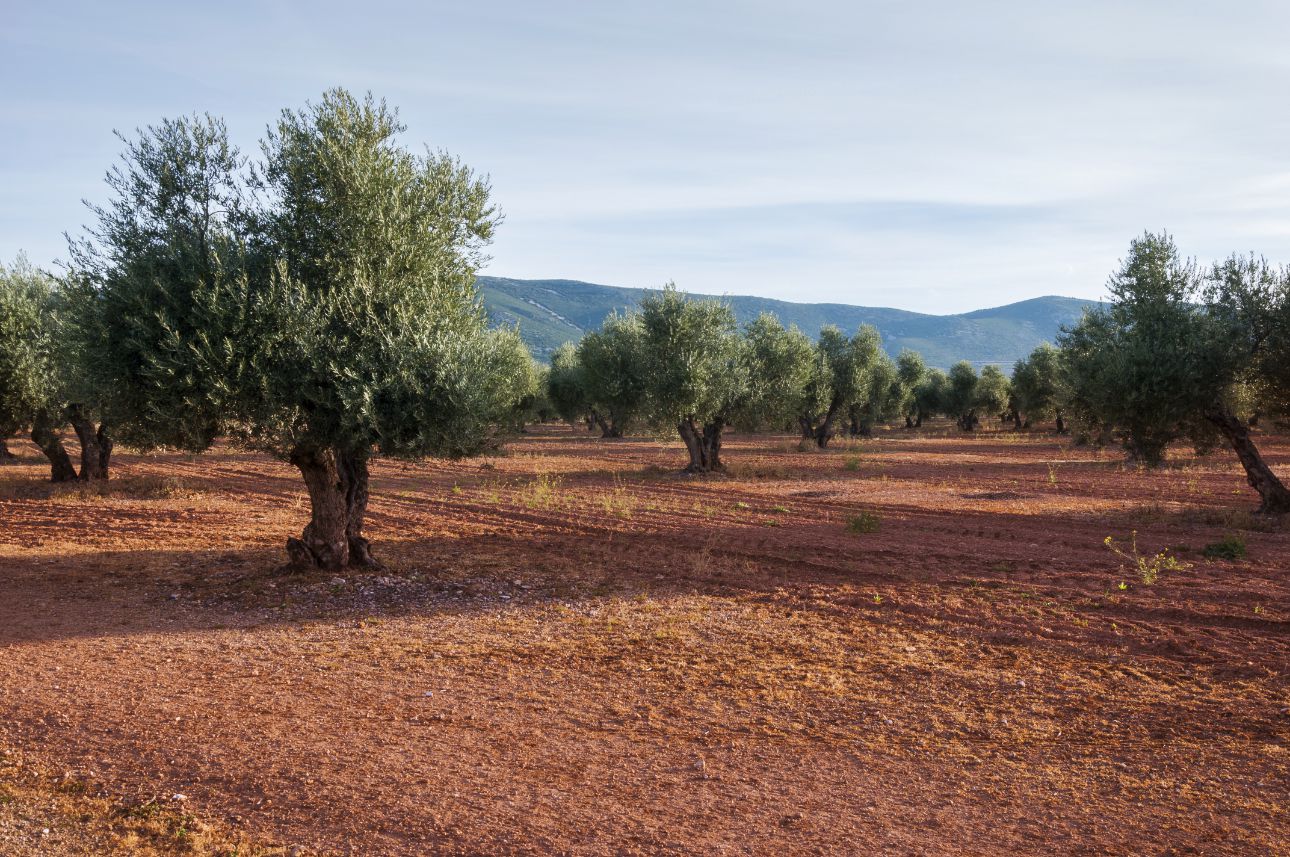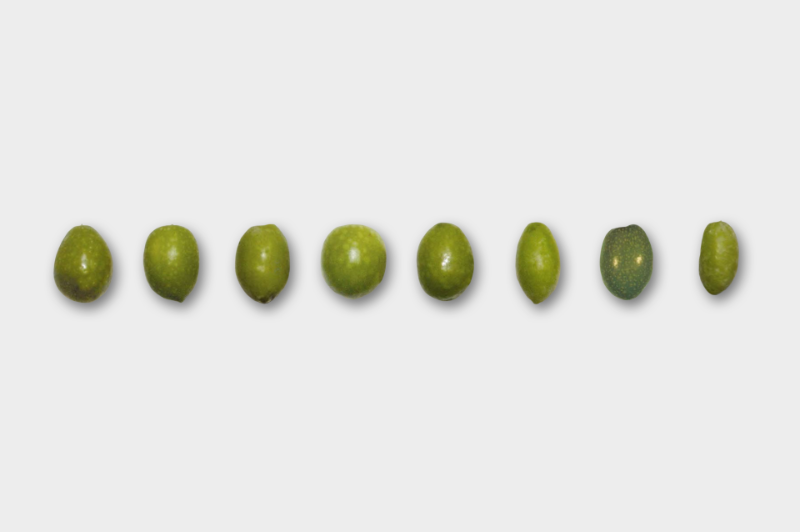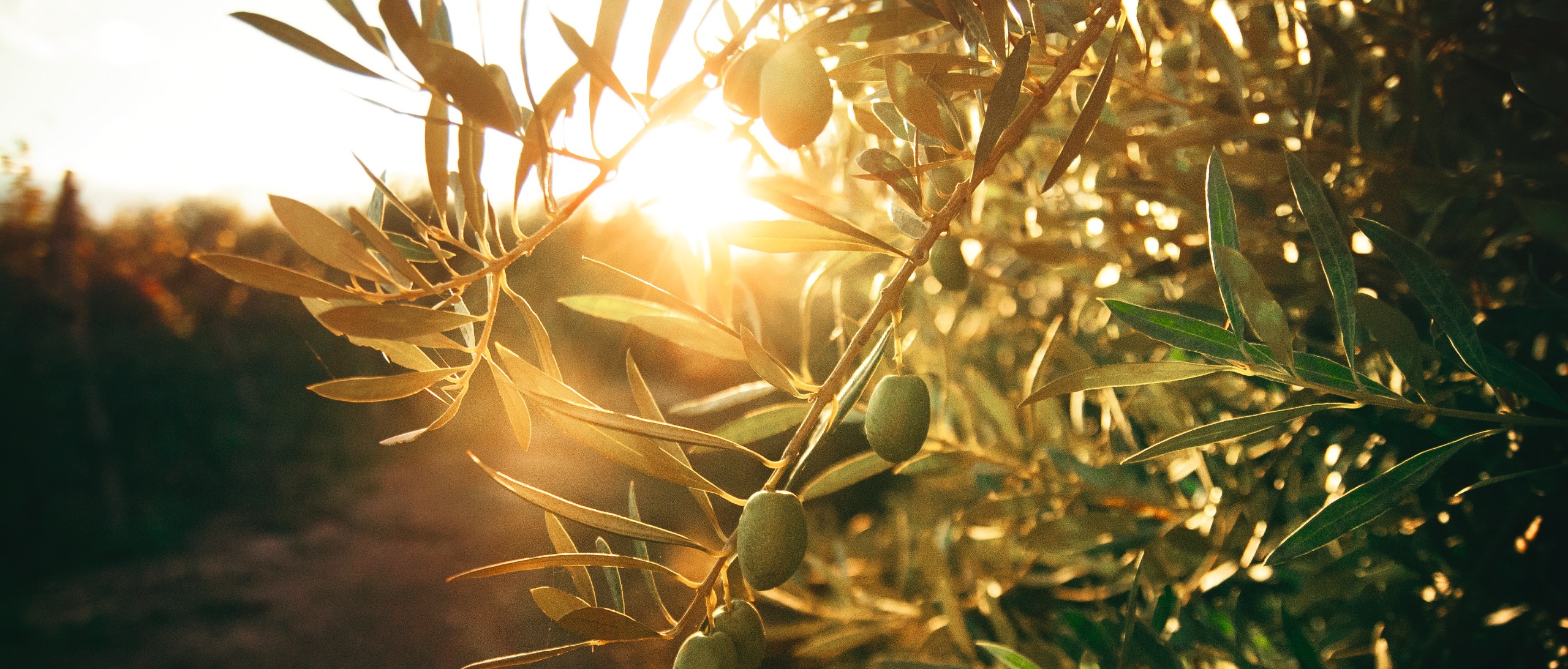
Climate change: ways to manage it in olive growing
The changes in climate that have been affecting our whole planet for years have also created alarm among olive growers, as these are one of the most common varieties of fruit tree grown in the Mediterranean basin. The rise in temperatures, the increase in droughts and the growing frequency of


